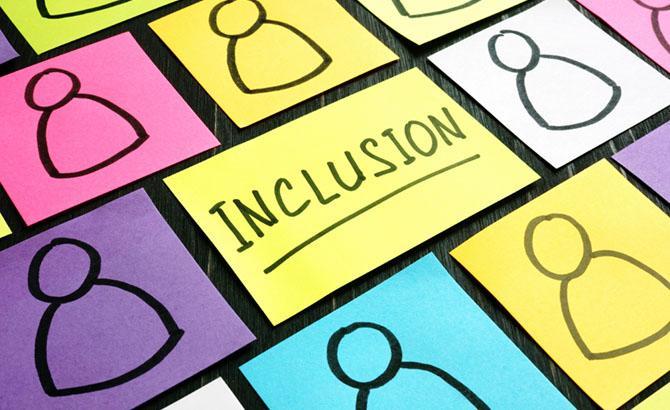Law Firm Employment Practices and the Representation of Minority Associates and Partners (GR 14-01)
Although law schools have seen rising representation of diverse racial/ethnic groups among students, minorities continue to represent disproportionately small percentages of lawyers within large corporate law firms. Prior research on the nature and causes of minority underrepresentation in such firms has been sparse. In this research project, we examined variation across large U.S. law firms in the representation of three racial/ethnic groups—African Americans, Hispanics, and Asian Americans—using data on a national sample of nearly 1,400 law firm offices from the 2005 edition of the Directory of Legal Employers issued by the National Association for Law Placement (herein referred to as the NALP Directory). In the first phase of our inquiry, we aimed to provide an initial “map” of the topic area and lay the groundwork for future research by exploring the relationship between racial/ethnic composition and a number of salient organizational characteristics, such as location, size, financial resources, and aspects of organizational structure that bear on lawyers’ prospects for upward mobility. Overall, minorities are better represented in offices located in western states and in major metropolitan areas; offices that are larger and affiliated with larger firms; offices of firms with higher revenues and profits per partner; offices with greater associate–partner leverage; and branch offices rather than principal offices. They are equally distributed between offices with single-tiered and two-tiered partnerships. Distinct patterns emerge, however, when the three racial/ethnic groups are considered separately and when hierarchical rank within firms is taken into account.
In the second stage of our investigation, we focused our attention on firms’ formal and informal employment practices relating to the professional development of associates. We asked whether such practices influence the representation among partners of racial/ethnic minorities overall or of African Americans, Latinos, or Asian Americans separately. Junior lawyers’ skills depend on the developmental experiences made available to them at work. Minorities are likely to be disadvantaged in obtaining those experiences, which in turn likely increases their chances of quitting and reduces their chances of promotion. Formal developmental practices could compensate for this disadvantage and could narrow resulting racial/ethnic gaps in technical, cultural, and social resources. Informal practices involving support and cultivation of associates, if offered widely and universally, could overcome senior lawyers’ tendencies to offer more developmental opportunities to Whites. However, we found that formal practices and cultural values intended to aid employee growth and development do not “level the playing field” for minorities. Formal training and mentoring programs do not increase minority presence, while a longer time period to promotion, a cultural commitment to professional development, and a cultural norm of early responsibility are all negatively associated with minority representation. Although the pattern is broadly similar across all three groups, some effects vary in interesting ways.
Lastly, we explored how the effects of firms’ developmental practices changed over the previous decade, a period of transformation for large law firms, by comparing our findings with the results of identical analyses of data from the 1996–1997 edition of the NALP Directory. Despite some differences among the three groups, we found an overall trend toward more negative impacts on minority representation among partners between the 2 years, with many effects shifting from positive to nonsignificant or from nonsignificant to negative over time. As the landscape of the large law firm world shifted during this period, formal and informal developmental practices apparently increasingly benefitted Whites at the expense of minorities.


